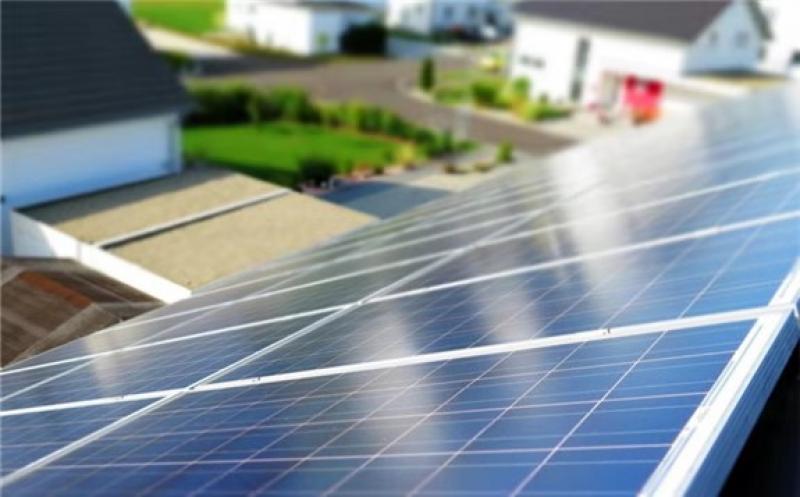Australian consumers are increasingly adopting more dispersed renewable generation from rooftop solar and are causing a transformation of Australia’s electricity market, according to a report from the country’s regulator.

“The New Electricity Market (NEM) is moving rapidly from a centralised system of large coal and gas generation towards a mixture of smaller scale, widely dispersed wind and solar generators, grid-scale batteries, and consumers having more control over how and when they use energy,” said AER chair Clare Savage.
The State of the Energy Market 2021 report highlights the continuing transformation of the market, and the role of the Australian Energy Regulator (AER) and other regulatory bodies in maintaining system reliability.
“In 2020, more than 3,700MW of new large scale wind and solar generation capacity entered the market driving record levels of wind and solar generation, with output from wind generation exceeding gas generation across the NEM for the first time.
“Over the next two decades, 16GW of thermal generation, 61% of the current coal fleet in the NEM, is expected to retire, while over the same period up to 50GW of new large scale wind and solar capacity is forecast to come online, along with up to 24GW of rooftop solar photovoltaic (PV) capacity.
According to Savage, the report shows that energy consumers are adopting their own ‘behind the meter’ energy solutions, embracing solutions such as rooftop PV, small batteries, electric vehicles and demand response.
“Almost 24% of all consumers in the NEM now partly meet their electricity needs through rooftop solar and sell excess electricity back into the grid, compared with less than 0.2% of consumers in 2007. These systems combined represent around 17% of the NEM’s total generation capacity with rooftop solar PV meeting 6.4% of the NEM’s total electricity requirements in 2020,” added Savage.
In turn, this is supporting consumers with lower wholesale prices in 2020 by reducing the cost of electricity for households and small businesses.
Other report findings include:
While a combination of generator outages, lower renewable output and higher demand saw wholesale prices rise from May 2021, the longer-term outlook is for prices to remain relatively subdued.
In 2020, because of the growth in renewables, milder temperatures during the past summer, and falling coal and gas input costs; wholesale prices fell significantly in all jurisdictions declining by up to 58% compared to 2019 averages, mostly due to cheaper renewable generation. The annual average price in all jurisdictions was below $70 per MW hour for the first time since 2015.
There was a record 3,662 instances of negative spot prices across the NEM.
Minimum demand fell in every NEM jurisdiction in 2020, with records set in South Australia and Victoria, driven by the growth of rooftop solar.
According to Savage, ensuring reliable energy supply to consumers was a pivotal challenge as the generation mix evolved, with the rise of cheap renewables and more consumers taking ownership of how energy is distributed into homes and businesses.
“We know that with the growth of renewable generation there needs to be investment in dispatchable resources to stabilise the grid, such as demand response, quick starting flexible hydro or gas generation and battery storage technology,” Savage said.